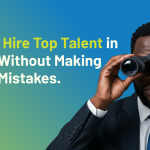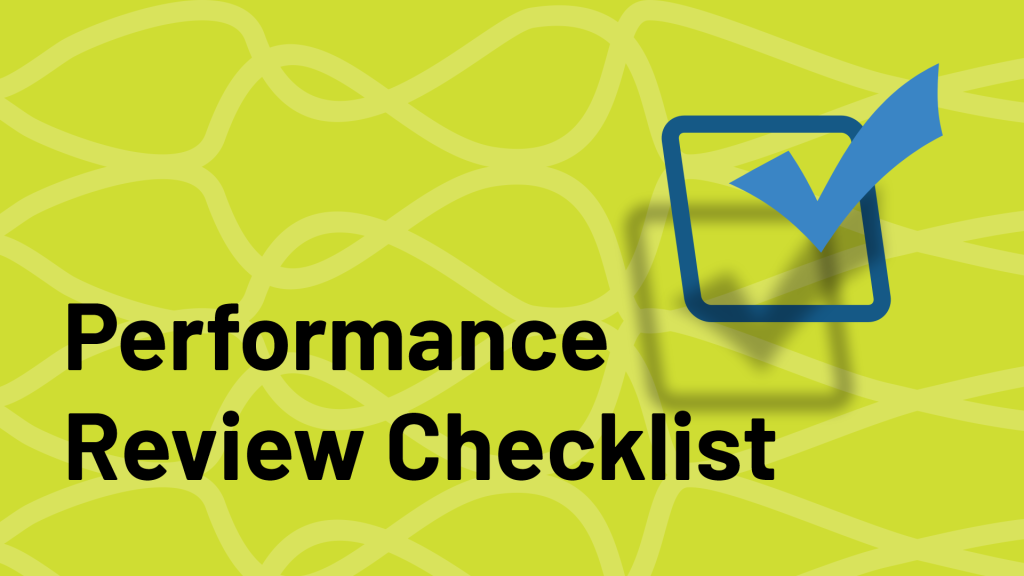The way we hire is changing, and for good reason. In the past, job titles and academic qualifications were seen as the gold standard for identifying top talent, but as business needs evolve and roles become more dynamic, this traditional approach is proving too narrow. That’s why companies that are thriving are embracing a skills-first hiring model.
The question that comes to mind then is, what exactly is the fuss about skills-first hiring? And how do you move from theory to execution without disrupting your existing process? In this guide, we’ll walk you through what a skills-first hiring strategy looks like, and five essential steps to help you build a practical, future-ready hiring strategy that puts skills front and center.
What a Skills-First Hiring Strategy Looks Like
A skills-first hiring strategy is not just about tweaking job descriptions or adding a few new interview questions, but it’s about rethinking your entire talent acquisition process to prioritise capability over credentials at every stage.
In a skills-first model, your focus shifts to what a candidate can do, rather than where they’ve been. It means screening applicants based on core competencies, designing assessments that reflect real job requirements, and training your hiring managers to evaluate people through a performance-first lens. Most importantly, it’s about building a system that continuously supports skill growth, so you don’t just hire better, but you also retain and grow your talent effectively.
If you’re serious about getting talent that stays long, we’ll walk you through five strategic steps to help you build a hiring strategy that’s both practical and impactful.
Step 1: Define the Core Skills Needed for Each Role
Why this matters: One of the biggest mistakes businesses make when hiring is relying on outdated or vague job descriptions that focus more on job titles and degree requirements than actual skills. This approach can lead to poor job fit and missed opportunities to bring in high-performing talent.
What you should do instead: Start by clearly identifying the essential skills needed to succeed in each role. This means going beyond generic labels and drilling down into both technical and soft skills that drive success.
Actionable Tips:
- Analyze your top performers. What do they do that sets them apart? Look beyond their resume and focus on day-to-day competencies.
- Use a competency framework. Break down each role into required competencies, distinguishing between “must-have” and “nice-to-have” skills.
- Prioritize soft skills equally. Technical ability is important, but so are attributes like adaptability, communication, and collaboration.
By doing this, you ensure your hiring process is aligned with real performance indicators. Need help building competency-based job profiles? Our HR Advisory team can help you create skill-centric frameworks that improve role clarity and hiring accuracy.
Step 2: Shift to Skills-Based Job Descriptions
Why this matters: Traditional job descriptions often filter out capable candidates before they even apply. Listing arbitrary requirements like a specific number of years in a role or an advanced degree can discourage talented individuals who have taken non-traditional paths but possess the exact skills you need.
A skills-first description, on the other hand, invites a better fit and greater diversity.
Actionable Tips:
- Drop unnecessary degree requirements. If the role doesn’t truly require a university degree, remove it from the description.
- Be clear and specific about the skills required. Mention the tools, platforms, or techniques the candidate will use on the job.
- Use inclusive language. Avoid jargon, acronyms, and gender-coded terms. A simple language adjustment can expand your reach to more candidates.
A shift to skills-based job descriptions helps ensure that you’re prioritising capability and potential over conventional markers like education or years of experience.
Step 3: Use Skills Assessments in the Hiring Process
Why this matters: While resumes and interviews offer some insights, they often fail to reveal whether a candidate can do the job. That’s where skills assessments come in. They provide tangible evidence of a candidate’s ability to perform under real-world conditions.
This is particularly important for roles where problem-solving, adaptability, or specific technical expertise is essential.
Actionable Tips:
- Include practical tests. Give them an avenue to test their hands-on experience.
- Leverage simulations or job trials. Let candidates tackle a real-life scenario they’d encounter on the job.
- Adopt structured assessments. Use standardised evaluations to remove bias and ensure consistency.
- Evaluate both technical and soft skills. Consider how candidates think, communicate, and adapt, not just what they know.
Incorporating simple and practical assessments helps you move beyond surface-level screening and uncover high-potential candidates who may not shine on paper.
Step 4: Train Hiring Managers to Evaluate Candidates Differently
Why this matters: Even if your job descriptions and assessments are modernised, your hiring process can still fall short if hiring managers continue to rely on traditional evaluation criteria.
Many hiring decisions are still made based on “gut feeling,” cultural fit, or irrelevant experience. That needs to change.
Actionable Tips:
- Conduct training sessions. Teach managers how to identify transferable skills and spot growth potential during interviews.
- Use structured behavioural interviews. Ask targeted questions like, “Can you describe a time you had to learn something quickly to succeed?”
- Debrief with a skills lens. Post-interview discussions should focus on demonstrated competencies, not credentials or background.
Incorporating skills assessments into your hiring process moves you from relying solely on resumes and interviews to making more data-driven, objective decisions. This helps ensure your hires are equipped to perform and thrive in the role, ultimately leading to a better job fit and long-term success.
Step 5: Build Career Pathways for Skills Development
Why this matters: Hiring for skills is just the beginning. To retain talent and ensure long-term business success, you need to nurture a culture of continuous learning and encourage employees to grow and expand their capabilities over time.
Actionable Tips:
- Launch upskilling and reskilling programmes. Help employees stay relevant by providing access to workshops, courses, and certifications.
- Promote internal mobility. Encourage employees to move across departments or into new roles based on evolving skills.
- Establish mentorship and peer learning programmes. Learning doesn’t have to be formal. More often, people grow best through shared experiences.
Building clear pathways for career progression ensures that your employees not only stay engaged but also continue to feel valued in their roles. You’re not just helping them grow professionally; you’re also building a more adaptable and capable workforce that’s equipped to meet the evolving challenges of your business.
Measuring the Impact of a Skills-First Hiring Strategy
It’s one thing to implement a new hiring approach and another thing to ensure it’s driving real results. Once you begin applying a skills-first strategy, tracking its impact becomes essential for long-term success. This not only helps justify the shift to internal stakeholders but also allows you to continuously improve your process.
Here’s what to monitor:
1. Quality of Hire:
Are your new hires meeting or exceeding performance expectations within the first 3–6 months? A spike here indicates that your skills assessments and hiring criteria are working.
2. Time-to-Fill vs. Time-to-Productivity:
While time-to-fill might initially increase as you refine your approach, your time-to-productivity should decrease. That means you’re hiring people who can hit the ground running.
3. Diversity Metrics:
A skills-first approach often leads to a more diverse talent pool. Track changes in gender, age, educational background, and career paths among your hires to measure inclusivity gains.
4. Retention and Internal Mobility:
Are employees staying longer? Are they moving into new roles based on evolving skills rather than titles? This signals that your investment in development and career pathways is paying off.
5. Hiring Manager Satisfaction:
Gauge how confident your hiring managers feel about their new hires. When managers trust the process, adoption becomes easier and more consistent.
With data-driven insights, you can continuously fine-tune your hiring process for even greater impact.
Final Thoughts…
Roles in today’s world of work are evolving, disrupting industries, and new technologies are emerging every day. If you want your business to stay competitive, you can’t afford to hire based on outdated checkboxes.
By embracing a skills-first hiring strategy, you’re not just filling vacancies; you’re building a resilient, adaptable workforce ready to meet the challenges of tomorrow. You’re tapping into a broader talent pool, reducing bias, and setting your company up for sustained growth. If you’re ready to shift away from outdated hiring practices and build a future-proof team, now is the time to act. Let us help you evaluate your current process and design a hiring strategy that’s grounded in real skills, not just resumes. Book a free consultation today to design your customised skills-first hiring strategy.











